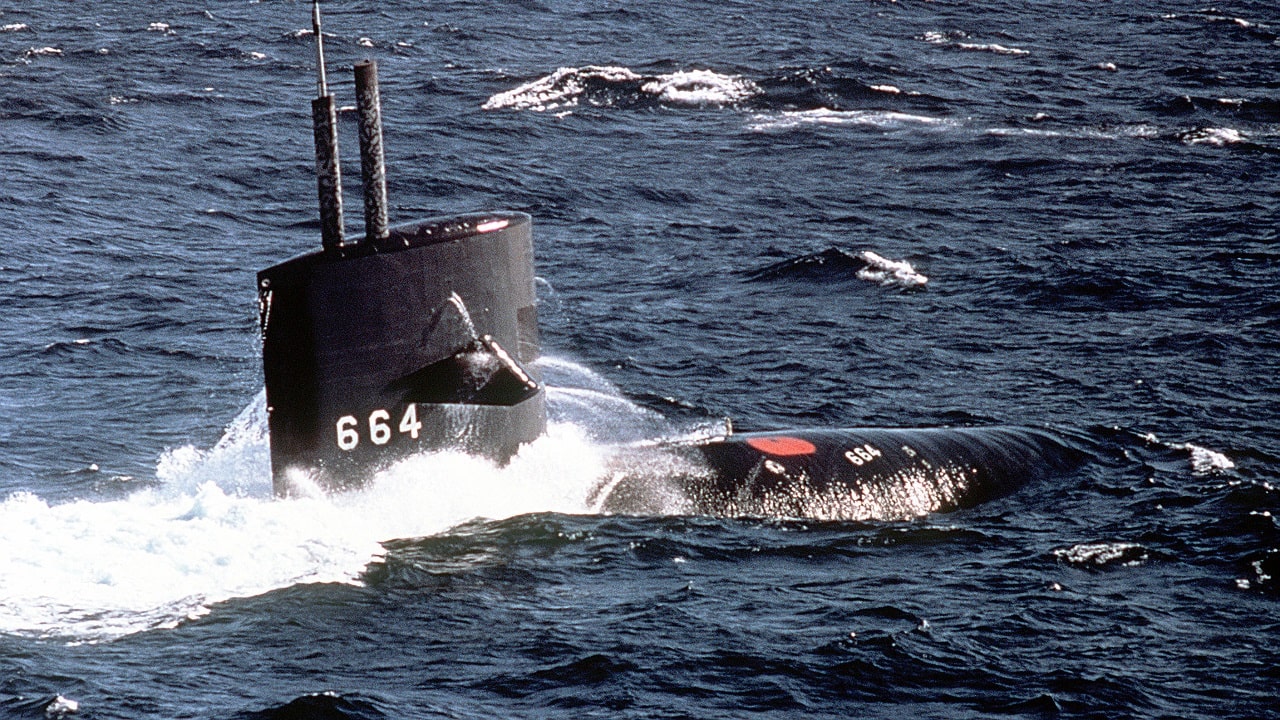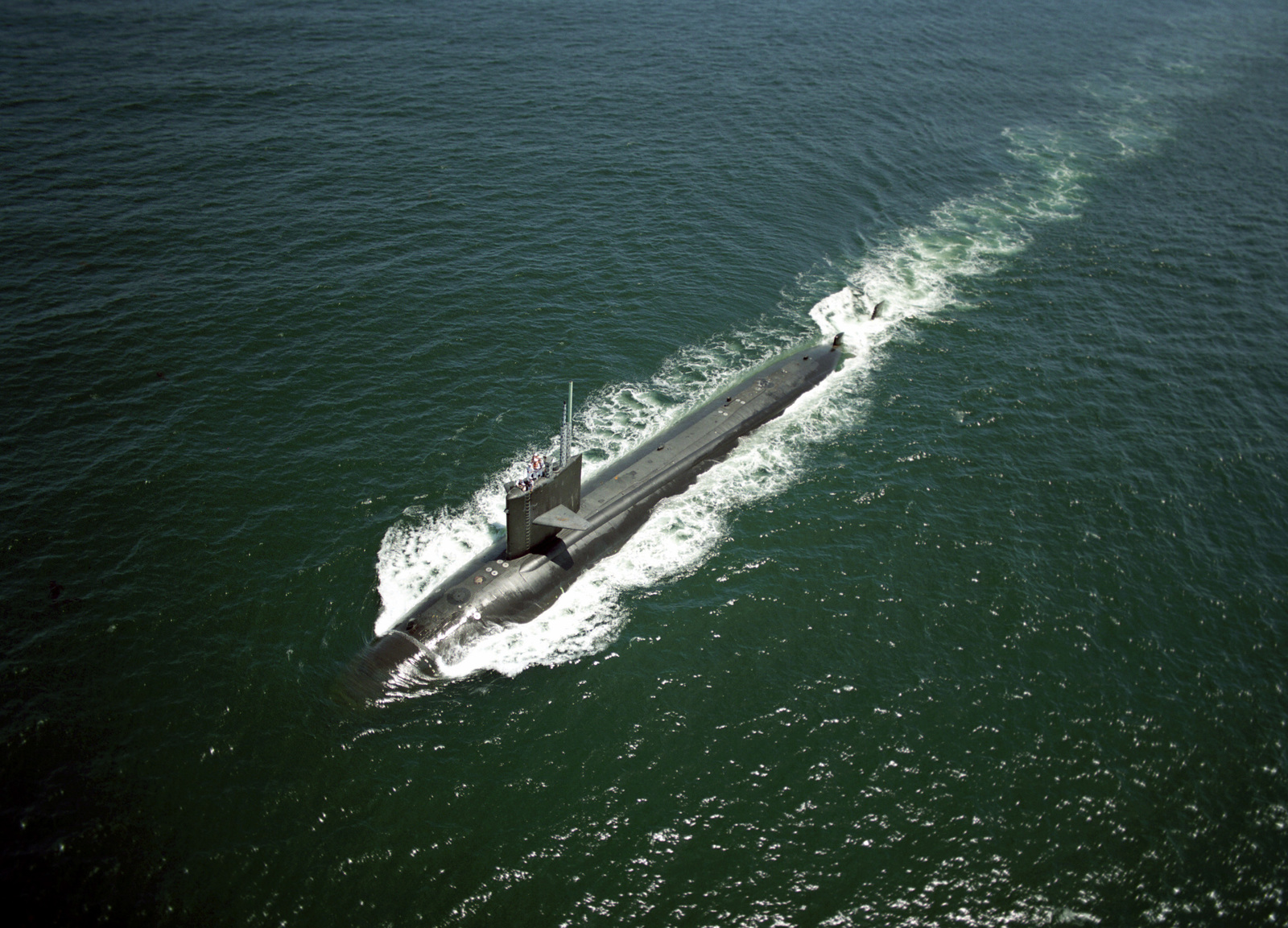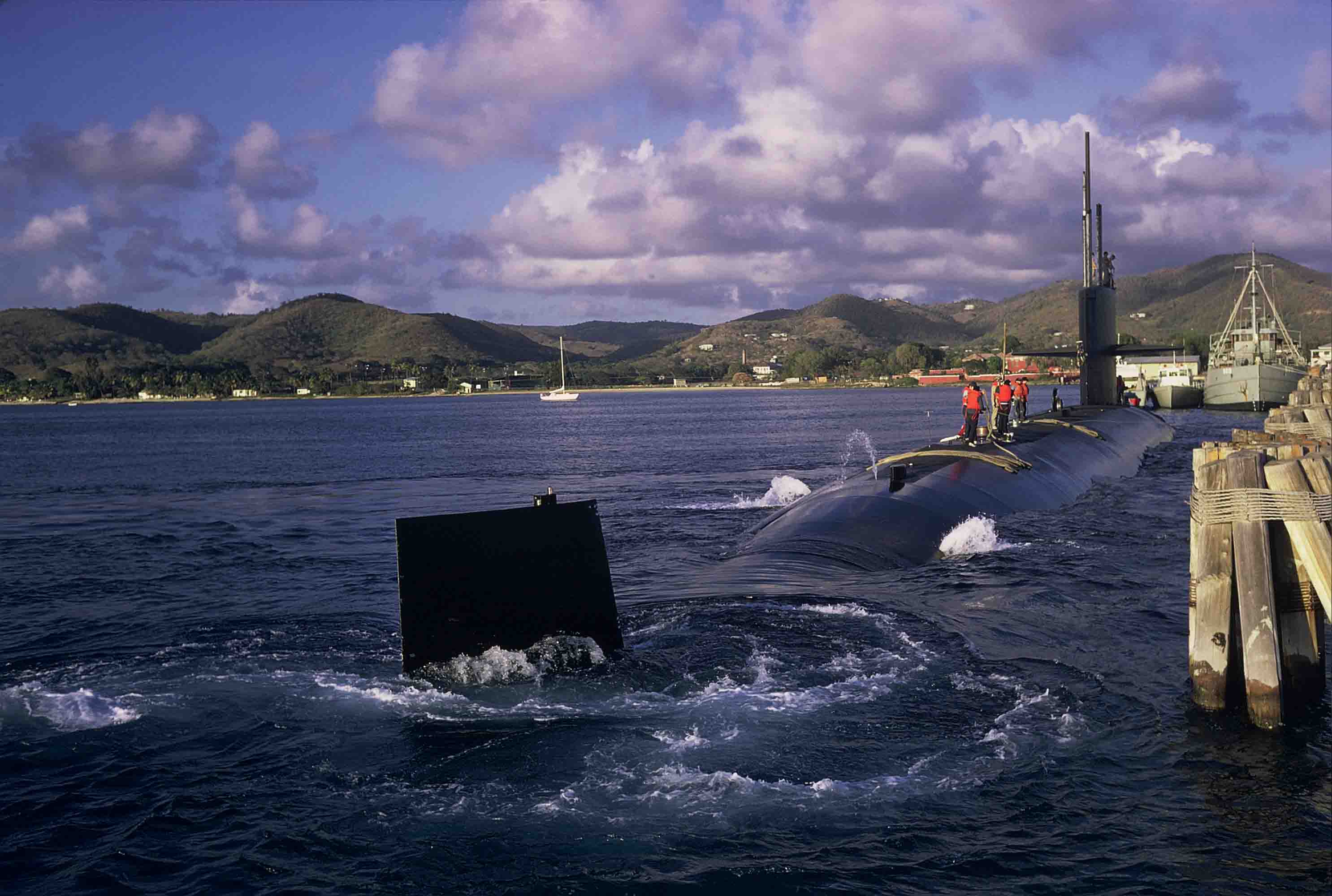
An aerial port bow view of a Sturgeon class nuclearpowered attack submarine underway NARA
Sturgeon-class submarines were the workhorses of the Submarine Force during the Cold War. These fast attack submarines conducted surveillance and reconnaissance (intelligence gathering) missions, took part in battle and strike group operations, and provided precision strike capability and ground warfare support. USS Sturgeon (SSN 637) served the United States for 27 years in this capacity.

Bow view of the Sturgeon (SSN637) in Roosevelt Roads in the early 1980s on Operation Alter Ego
All the Sturgeon-Class submarines had long and remarkable careers throughout the Cold War, serving in the fast attack role to tail Soviet subs and gather intelligence. Foremost among them was the.

Sturgeon class USS Aspro (SSN648) crew photo taken while she was up on keel blocks in Competent
USS Sturgeon (SS-187), a Salmon-class submarine, was the second ship of the United States Navy to be named for the sturgeon.Her 1944 sinking of the Japanese troopship Toyama Maru, killing more than 5,000 Japanese, was one of the highest death tolls from the sinking of a single ship in history.Her 1942 sinking of the Montevideo Maru which, unknown to crew on the Sturgeon, was carrying over.

Sturgeon The U.S. Navy Nuclear Submarine Built For War With Russia 19FortyFive
The Sturgeon class submarine is a nuclear attack submarine with a principal mision of locating and deetrociZ ships--particularly other submarines. Aditionually, the submarine conducts radio, radar, and sonar reeonnaissane, visual reonnaissance including periscope photo- graphy, and coordinated antieubmarine warfare operations with other.

Sturgeon class USS Parche (SSN683) r/submarines
USS Hawkbill (SSN-666), a Sturgeon-class attack submarine, was the second ship of the United States Navy to be named for the hawksbill, a large sea turtle.The name perpetuated the inadvertent misspelling of "hawksbill" in the naming of the first ship of that name, USS Hawkbill (SS-366), a Balao-class submarine launched in 1944. USS Hawkbill (SSN-666) was the eighteenth of 39 Sturgeon-class.

Aerial bow port view of the Sturgeonclass submarine, USS POGY (SSN 647) underway in the Pacific
The class was succeeded in service by the potent Los Angeles-class submarines and the USN submarine fleet was further reinforced with the arrivals of the Virginia-class and the limited-quantity Seawolf-class boats in time. Sturgeon Lineage The Sturgeon-class was essentially an enlarged and, ultimately, an improved form of the preceding Permit.

The Naval Undersea Museum in Keyport, Washington houses the sail of the Sturgeon (SSN637
SSN-637 Sturgeon class STURGEON class submarines were built for anti-submarine warfare in the late 1960s and 1970s. Using the same propulsion system as their smaller predecessors of the SSN-585 Skipjack and SSN-594 Permit classes, the larger Sturgeons sacrificed speed for greater combat capabilities.

SSN637 Sturgeon Navy Ships
Introducing the Sturgeon-Class Submarines. While preventing nuclear war is a key mission for American submarines, some vessels were designed primarily to seek out and destroy enemy ships. Sturgeon-class submarines are remembered as America's undersea workhorses during the Cold War.. These fast attack submarines could do just about anything, from surveillance and reconnaissance, participating.

USS Hammerhead (SSN 663) The Sturgeon Class Attack Submari… Flickr
Sturgeon-class submarines were initially built in the 1960s and 1970s and served until 2004. They are widely regarded as a critical Cold War undersea platform. Some observers and historians note.

Spud's blog Sturgeon Class submarine variants
History of USS Sturgeon (SSN-637) The core of the U.S. submarine fleet during the Cold War (1947-1991) was the Sturgeon-class nuclear-powered attack submarine. Thirty-seven of the ships were built from 1963 to 1975, and the group served from 1967 to 2004 - all after retirement. The class was

The United States Navy’s Sturgeon Class Submarine The Backbone Of The NuclearPowered Attack
The nuclear-powered attack submarine USS Narwhal (SSN-671) is tied up inboard on the south side of the pier with a Sturgeon class nuclear-powered attack submarine outboard.

Sturgeon class USS Billfish (SSN676) with Avalon (DSRV2) r/submarines
Sturgeon-Class: The Navy Nuclear Submarine That Was a Powerhouse. The Sturgeon-class was an enlarged and improved version of the Thresher/Permit-classes that directly preceded it, but with.

Sturgeonclass submarine Wiki
The Sturgeon class was designed with digital combat systems and more quieting features than its predecessor, the Thresher/Permit class. As SSNs, Sturgeon-class submarines were designed to primarily perform anti-submarine warfare operations. Seven different primary contractors constructed the 37 boats of the class, making it the second-most.

The U.S.S. Richard B. Russell (SSN687) is the last of 37 Sturgeon Class nuclear powered attack
SSN-637 Sturgeon class. STURGEON class submarines were built for anti-submarine warfare in the late 1960s and 1970s. Using the same propulsion system as their smaller predecessors of the SSN-585.

SSN637 Sturgeon
The Sturgeon-class (colloquially in naval circles, known as the 637-class) were a class of nuclear-powered fast attack submarines (SSN) in service with the United States Navy from the 1960s until 2004. They were the "work horses" of the submarine attack fleet throughout much of the Cold War. The boats were phased out in the 1990s and early 21st century, as their successors, the Los Angeles.

Aerial starboard view of the Sturgeonclass submarine, USS POGY (SSN 647) as it passes Point
The Sturgeon class (known colloquially in naval circles as the 637 class) was a class of nuclear-powered fast attack submarines in service with the United States Navy from the 1960s until 2004. They were the "workhorses" of the Navy's attack submarine fleet throughout much of the Cold War.The boats were phased out in the 1990s and early 21st century, as their successors, the Los Angeles.